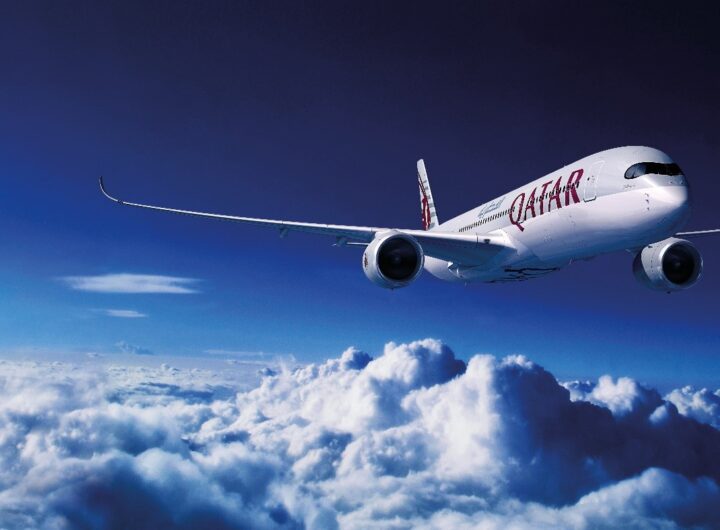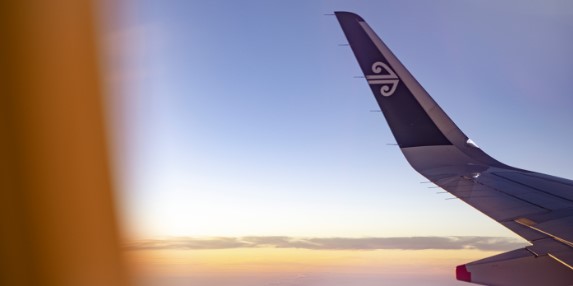
Virgin Australia B737 Max – Render: Virgin Australia
While dealing with lockdowns and COVID isolation, Virgin’s underlying loss for the prior fiscal year was $386.7 million.
These numbers are far worse than the $76.8 million posted in the prior-year comparative period, but they seem better than Qantas’ underlying loss of $1.86 billion.
As of Wednesday, the airline has submitted its financials to the corporate regulator despite being no longer listed on the Australian Stock Exchange (ASX).
The filing revealed a 45% increase in sales to $2.2 billion, but this was not enough to prevent a statutory loss of $565.5 million.
CEO Jayne Hrdlicka called the loss a “decent outcome in the circumstances of the last year.”
“It’s not an outcome we like to see again, but it does reflect an industry’s passage from a difficult moment into one with promising prospects”, she added. For the fiscal year 2023, we expect a profit and steady expansion.
When Virgin Australia entered administration in 2020, Bain outbid Cyrus Capital Partners to buy the company. As a result of the acquisition, 3,000 jobs were cut, the Tigerair name was dropped, and the company’s 737 fleet was reduced from 85 to 56 aircraft. The company lost a stunning $3.1 billion in the fiscal year prior to the takeover.
Domestic aviation, however, has recovered to near pre-pandemic passenger numbers, peaking at 97% in June when COVID restrictions were mostly lifted.
Virgin felt confident enough to announce last month that it will be adding four B737 MAX 8s to its domestic fleet, bringing the total number of Boeing 737 aircraft in its fleet to 92.
Considering they planned to have only 58 planes when they came out of bankruptcy, this was a significant increase.
 Qatar Airways Resumes Flights To Malta: Enhancing International Connectivity
Qatar Airways Resumes Flights To Malta: Enhancing International Connectivity  Turkish Airlines Crowned Best Airline in Europe for the Tenth Time
Turkish Airlines Crowned Best Airline in Europe for the Tenth Time  From Vineyards to Coastlines: The Allure of Margaret River
From Vineyards to Coastlines: The Allure of Margaret River  A Trip to Christmas Island: Australia’s Hidden Oasis in the Indian Ocean
A Trip to Christmas Island: Australia’s Hidden Oasis in the Indian Ocean  Taking on the Tasman: Air New Zealand Unleashes 1.7 Million Seats for Summer
Taking on the Tasman: Air New Zealand Unleashes 1.7 Million Seats for Summer  Cape to Cape Track: Australia’s Most Beautiful Coastal Walk
Cape to Cape Track: Australia’s Most Beautiful Coastal Walk  Viking Cruises Unveils 14 New Ocean Itineraries for 2026 & 2027
Viking Cruises Unveils 14 New Ocean Itineraries for 2026 & 2027  Seabourn Elevates Onboard Dining with New Menus and Local Flavours
Seabourn Elevates Onboard Dining with New Menus and Local Flavours  Oceania Cruises Marks a New Era with the Construction of the First Sonata Class Ship
Oceania Cruises Marks a New Era with the Construction of the First Sonata Class Ship 